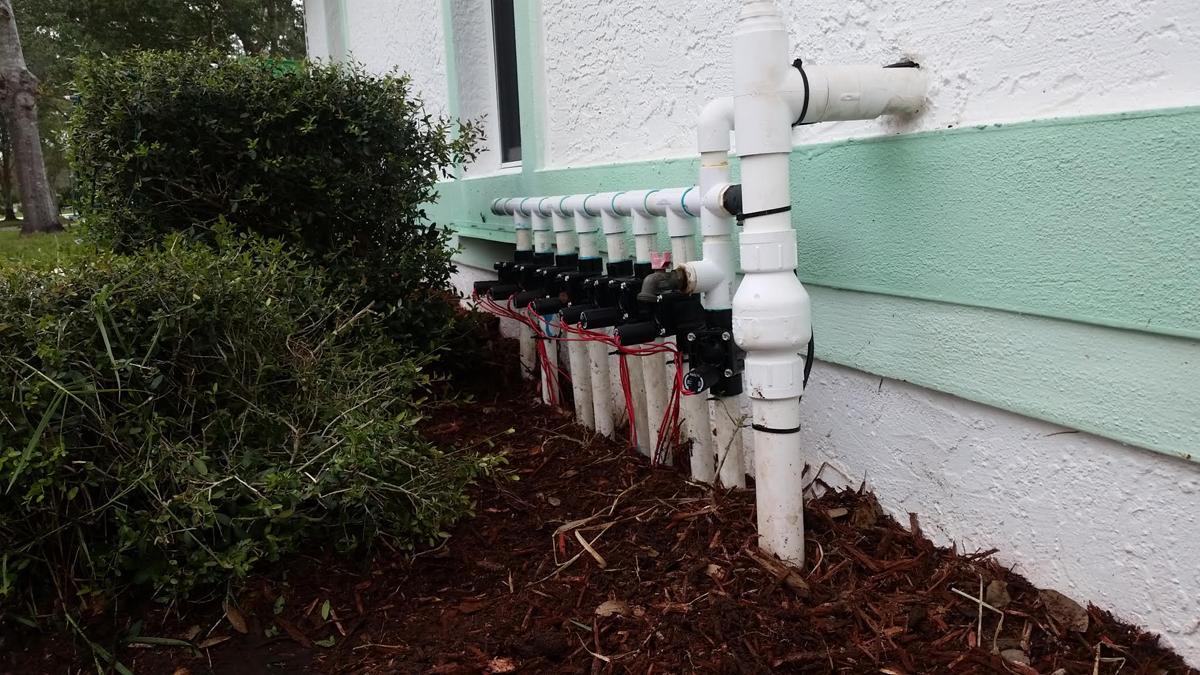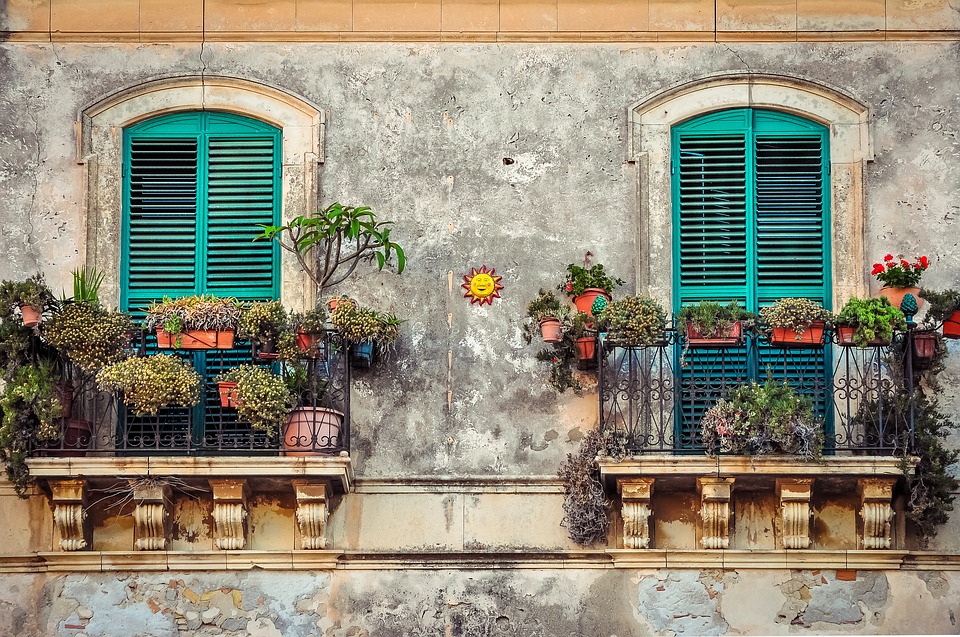If you love having healthy and beautiful roses in your garden, it’s crucial to take proper care of them. A quick routine care can provide you with an abundance of lovely roses undamaged by pests or diseases. Here are a few simple ways to grow and care for garden roses.
Select the Right Roses
There are different types of roses, each requiring different growing conditions and maintenance. For instance, roses like the hybrid tea, tolerate hot and humid weather, and grow better in full sunlight. In winter, they require more care and protection to survive. On the other hand, shrub type roses can resist cold temperatures. Hence, it’s vital to know about the environment, planting instructions, and soil requirements that a specific type of rose requires. Fragrances are just as important. Some roses have an intense fragrance, while others are scentless or have a faint floral smell. Smell the roses to know which combination appeals to you the most. From miniature roses to climbing ones, many varieties also have different resistance to pests and diseases. Consider these various factors for a wise selection and to avoid any buyer’s remorse!
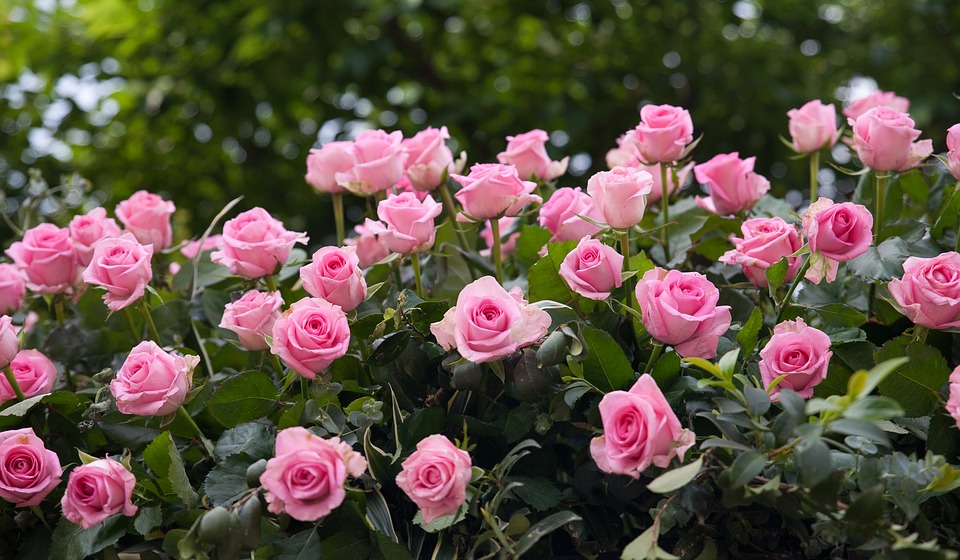
Choose Your Planting Space
Roses can be planted in different places. However, whether they have their little spot, are grown in flower pots, decorative containers, or mixed with other landscape plants, roses require a lot of sunlight, air, and sufficient water to bloom. These plants need about 6 to 8 hours of sun for the best results. Inadequate sunlight will result in fewer buds and blossoms, which leaves the door open to pests and diseases. Too much heat can also be harmful to roses. If rays are intense in your garden, find areas that offer some light shades during the hottest hours. If you’re using a flower pot, you can easily move the plant to the ideal place. If you live in lower temperatures, walkways can be a good spot provided that there is sunlight. Make sure that there’s good air circulation in the area for the roses to be disease-free and healthy.
Prepare the Planting Area
Roses flourish in soil with a PH value between 6.5 and a maximum of 7.5. Conducting a soil test can help you determine if the soil is good for your roses. You can buy a DIY kit online or at your local garden supply shop and follow the instructions to have an estimation of the soil values. If you want a more thorough analysis, you can get a lab test from an agricultural extension agent. In case the soil is outside the optimal range, you can improve it with organic soil amendments such as compost and earthworm castings. Don’t forget to install drainage as roses will not thrive in wet soil. If you’re using a pot, make sure that it has drainage holes or have them built in to allow water to pass through and have enough moisture for the roots to absorb.
Feed the Roses
Roses need fertilizers to have the right nutrients for healthy roots and larger blooms. They require fertilizers that have nitrogen (“N” on a fertilizer label) for foliage growth, phosphorous (P) for healthy roots, and potassium (K), which gives them a boost of supplements for excellent plant health.
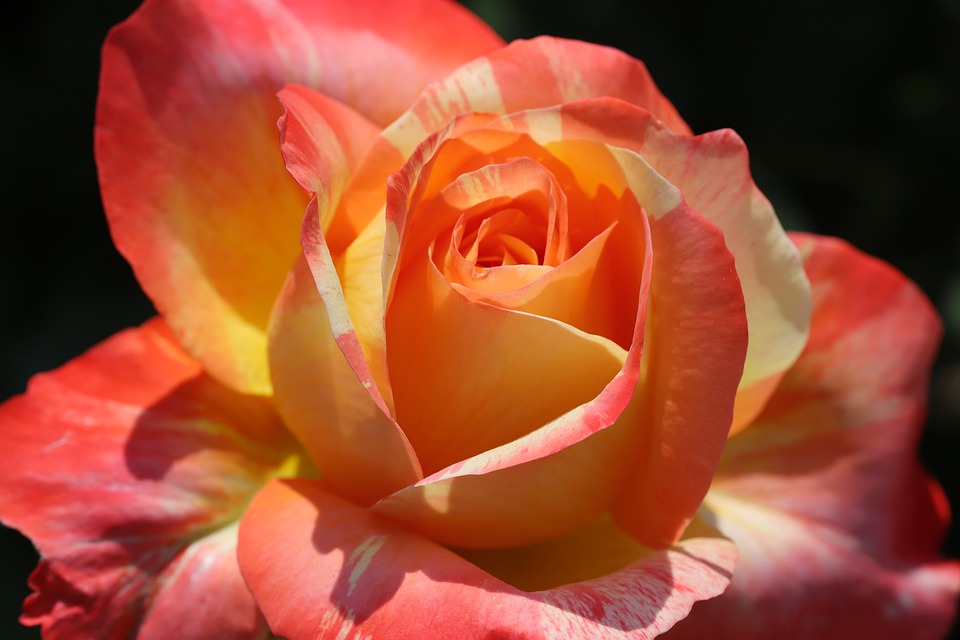
Water the Roses
Water is essential for healthy, fresh, and beautiful roses. Roses should be watered enough so that the soil stays slightly moist. Watering roses early during the day at ground level provides the best results. Water the soil and avoid the leaves and flowers to prevent diseases. Once in a while, spraying water on the plant can help to clear leaves of dirt, dust, and insects. Too much water can cause fungal diseases, such as the appearance of black spots on the plant and root rot. The temperature and surrounding plants can also affect the amount of water roses need. For instance, if the garden is dry and windy, frequent watering is necessary. Weekly watering is appropriate for temperate climates.
Control Insect Pests
Although pesticides can help, it should be the last resort when it comes to controlling insect pests. In most cases, proper cultivation and the removal of affected leaves, flowers, stems, and plants restrain insect pests. If pesticides are necessary, be mindful of butterflies, bees, and birds since they are visiting pollinators to open blooms. The ideal time to spray pesticides would be in the evening when it is neither sunny nor windy, and bees and other pollinators have stopped working. Apply pesticides on top and the underside of leaves until it starts to run off the leaves.
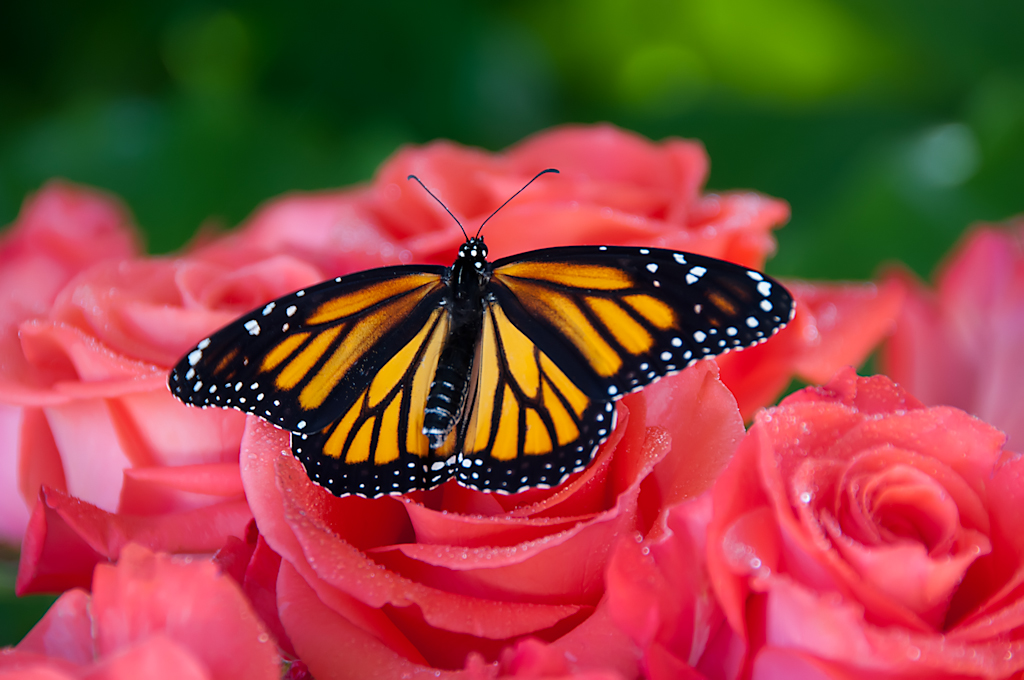
Pruning
Pruning is essential for the longevity of the plant, to give shape and allow the production of new blooms. The ideal time for pruning is usually just before the first blooms arrive, depending on the climate in your area. For exceptional results, invest in a pair of high-quality pruning shears with curved blades. You may follow this guide for your pruning process.
You can now have your very own roses in your garden or some fresh-cut blooms to beautify your home inside!

